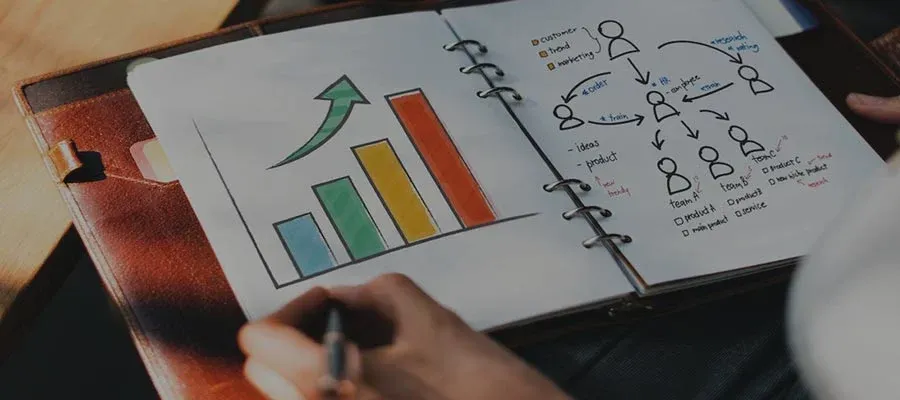
How B2C & B2B Companies Use Data Differently
Some might say that “marketing is marketing” whether you’re talking about a B2B or B2C company. The truth? B2C and B2B companies use data differently. While both should heavily rely on data to reach their customers, there are several key differences in what that message should be and how data plays into the effort based on the type of audience (a business or a consumer).
B2B purchase decisions are based on logic and value, and a B2C purchase decision is based on emotion. So, marketing to B2B is about focusing on the product features, the ROI of the purchase, and what that value will look like for the business. Marketing materials need to be detailed, highlighting, for example, how the purchase will save the business time, money or resources.
One common way B2B marketers use data is to identify "micro-markets," breaking down their target customer base by industry, company size or any other factor.
When marketing to consumers, the focus turns to product benefits and how those benefits will fit into their lives. The decision to buy is emotional, based on not just needs, but wants. Data can target consumers at different stages of not only their buying journey, but their lives as well, allowing marketers to reach out with opportunities and offers at just the right time.
A recent survey Spencer Stuart found that 58 percent of CMOs say search engine optimization and marketing, email marketing and mobile is where data is having the most impact on their efforts. But that same survey showed that the sheer volume and complexity of data, and the lack of common metrics across all touchpoints, make it challenging to fully leverage into actionable insights.
That's where technology like data orchestration comes in. It allows companies to not only organize and use their data efficiently but also to track and measure campaigns across channels all in one platform.
Plus, innovations in martech are revolutionizing how marketers in both B2B and B2C industries use data, and one big change involves the size of the company doing the marketing. Even just a few years ago, data analytics were only available to larger companies with very deep pockets, but now companies of all sizes are able to use data to learn about their prospects, nurture leads, personalize messages, and target customers — whether they're consumers or other businesses — at the right time.
While there are key differences between how B2B and B2C use data, there is something to be said for each industry learning from the other. Many people lament that B2B advertising is dry and approachable.
And on the brand side? Promises often feel larger than life and are lacking in practicality or personalization. A complete overhaul would have negative ramifications (i.e. lead to a decrease in purchases), but consider using your data to look for new messaging opportunities. Perhaps taking a closer look at B2B customers buying patterns, for example, will allow businesses to leverage a slightly more emotion-based marketing approach.
To find out more about how data orchestration can take the sea of customer data and transform it into marketing campaigns that get results, contact us for a free evaluation today.
Share:
Got a project?
Harness the power of your data with the help of our tailored data-centric expertise.
Contact us